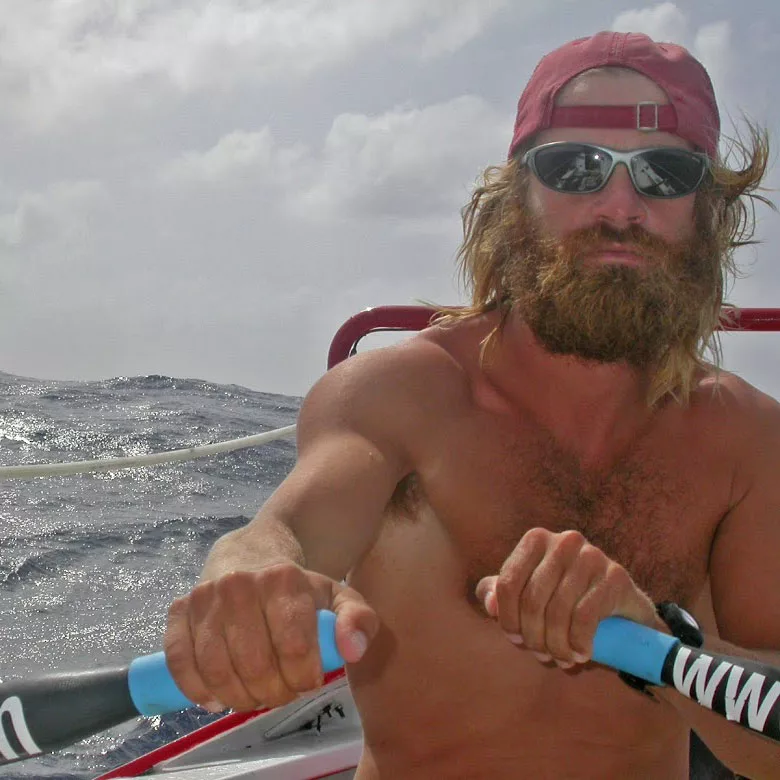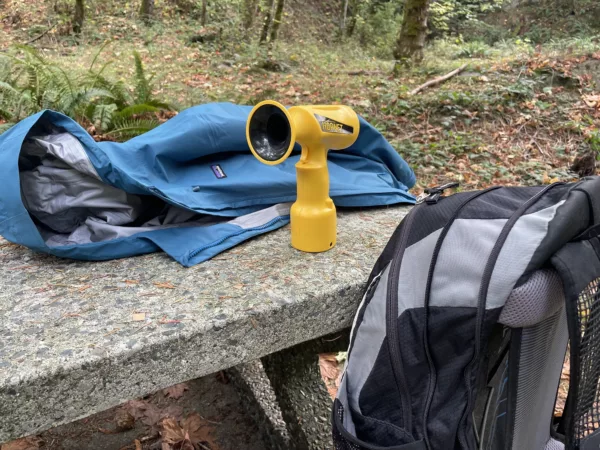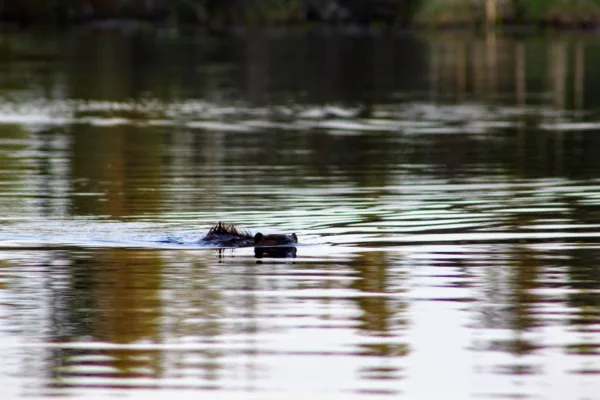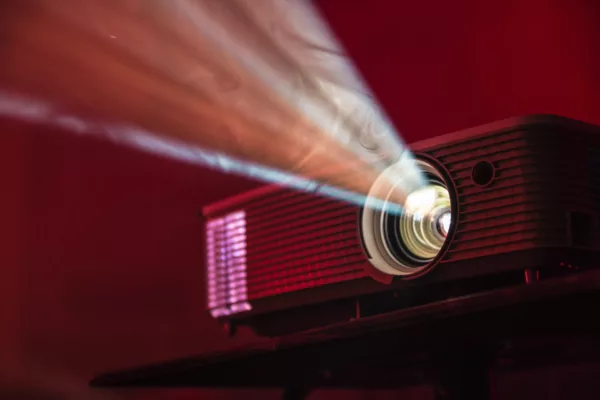Choose the Best Boat For Your Next Adventure
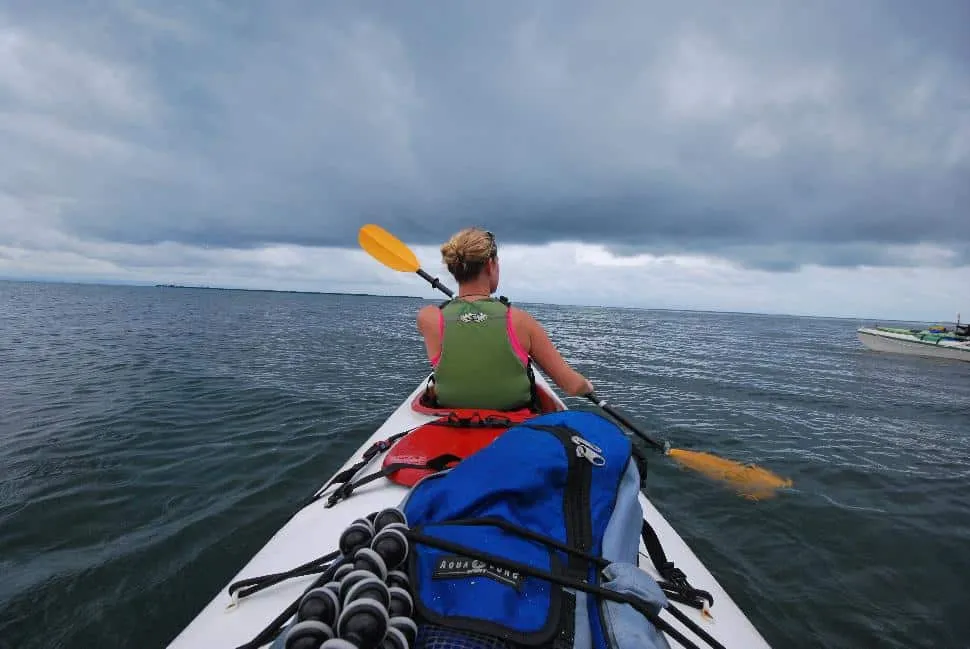
During summer, one of the best ways to explore Canada is by water. Lakes, rivers and coastal shorelines open up some of the most beautiful, and often otherwise inaccessible, regions.
Additionally, human-powered watercraft allow us to carry significantly more food and equipment than backpacking, allowing for longer and more comfortable unsupported trips.
With a plethora of boat types on the market, it can be confusing to decide what is the most suitable vessel for your needs. Over the years, I’ve logged more than 35,000 kilometres in almost all types of human-powered craft—from stand-up paddleboards to whitewater kayaks—and have found there is no wrong type of boat. Every craft is ideally suited for specific conditions and needs, and it all depends on what your requirements are. Let’s look at some popular options:
Canoe
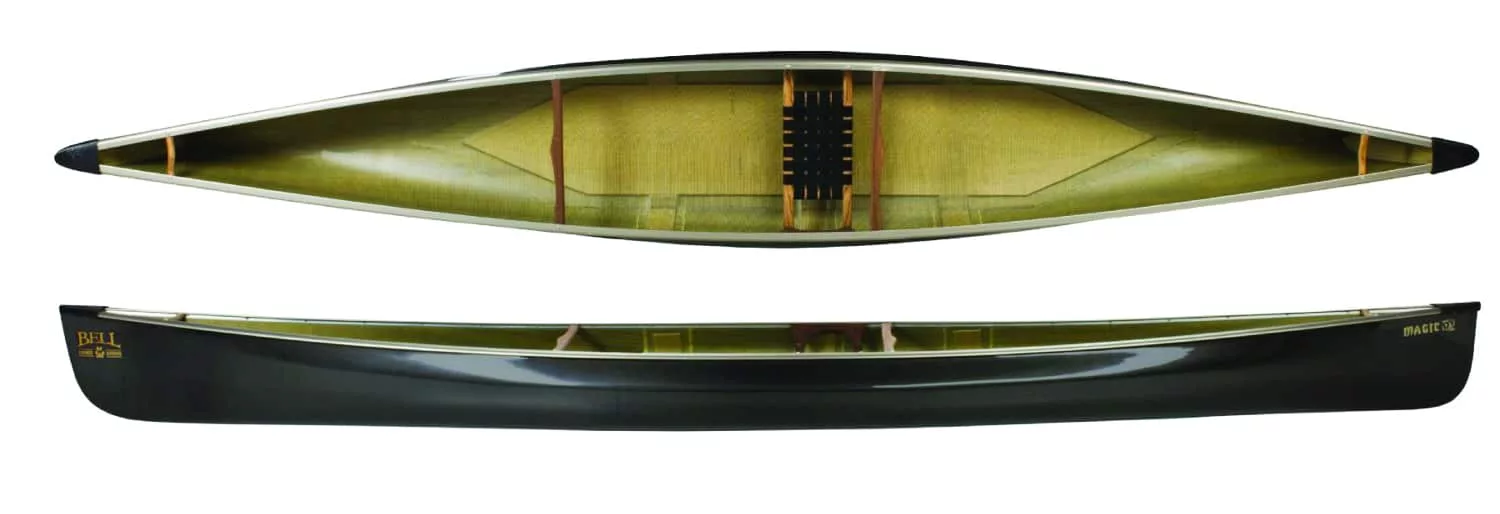
Pros: Versatile, simple, economic
Cons: Less seaworthy than some other craft
There’s something quintessentially Canadian about the canoe. First Nations have been plying our waters for millennia in canoes, and European fur traders and explorers first laid eyes on Western Canada over the bows of their birch-bark vessels. There’s good reason why the canoe is such a popular craft and to this day is considered one of our most versatile boats.
The beauty of the canoe is its simplicity—both in form, and in its single-blade mode of propulsion. Being open, it is easy to load in gear (and dogs) and has flexible seating arrangements. Gear can be quickly unloaded, making portages easier. It is also one of the most economical options, providing a means to float an entire family at reasonable cost. Canoe paddles are significantly cheaper than oars or a double-blade kayak paddle, and the paddling stroke can be quickly mastered.
The main disadvantage of a canoe, compared to other types of craft, is that it can be prone to swamping in large waves, which makes it more suited to sheltered waters. Adding a spray deck and/or flotation bags can increase seaworthiness.
Sea Kayak

Pros: Seaworthy, efficient
Cons: Expensive, less versatile
Sea kayaks are very seaworthy crafts. An important thing to keep in mind, however, is that much of its ability to weather ornery seas relies on the skills of a capable paddler. While an expert paddler might be able to endure hurricane-force winds and 10-metre waves in a kayak, a beginner can run into trouble in much, much less. The seaworthiness of a kayak stems from the fact that it is completely sealed with the combination of decks and a spray skirt. And the double-bladed paddle is the ideal tool to allow the paddler to remain upright by bracing and stroking appropriately.
The sea kayak’s ability to endure rougher waters makes it suitable for exploring areas prone to big waves and nasty weather. Their relatively slender form, moderate weight and efficient mode of propulsion (the double-bladed paddle is more efficient than the single-blade) allows kayaks to move quickly and easily.
Seaworthiness comes with a price. Kayaks do not offer the same versatility and ease in loading as canoes. Kayaks are most often designed as single-person craft, but occasionally have tandem seating arrangements. Gear stowage takes longer and the size of items is restricted by the hatch openings.
Additionally, sea kayaks tend to be more expensive than some other types of craft, due to the greater complexity in their form. The cost of outfitting a family of four with fiberglass kayaks can exceed the cost of a small car.
Stand-Up Paddleboard

Pros: High vantage, excellent core workout
Cons: Slower, not ideal for extended voyages
Stand-up paddleboards (SUP) are relatively new on the scene, but have quickly gained popularity. One of the greatest perks is a unique vantage of the passing scenery. All other human-powered craft have their occupants sitting low. The SUP, on the other hand, provides a much higher vantage point, which provides a surprisingly different view of the wildlife and scenery. Additionally, the smaller size of SUPs makes them pleasantly transportable—easily strapped on the roof of a car and carried around by one person. They also offer a fantastic core workout—the forward propulsion is conveyed through the length of your body to the board below, working your core muscles. And, of course, SUPs make great surfboards—their large size and effective propulsion make them perfect for catching small beach rollers.
SUPs are ideal for day trips and travelling shorter distances. They are slower than many other human-powered craft, and are a slog going into headwinds. They don’t have compartments for stowing gear, so for overnight trips, dry bags need to be lashed on-deck, which makes headwinds and ornery weather even more of a challenge.
Whitewater Kayak
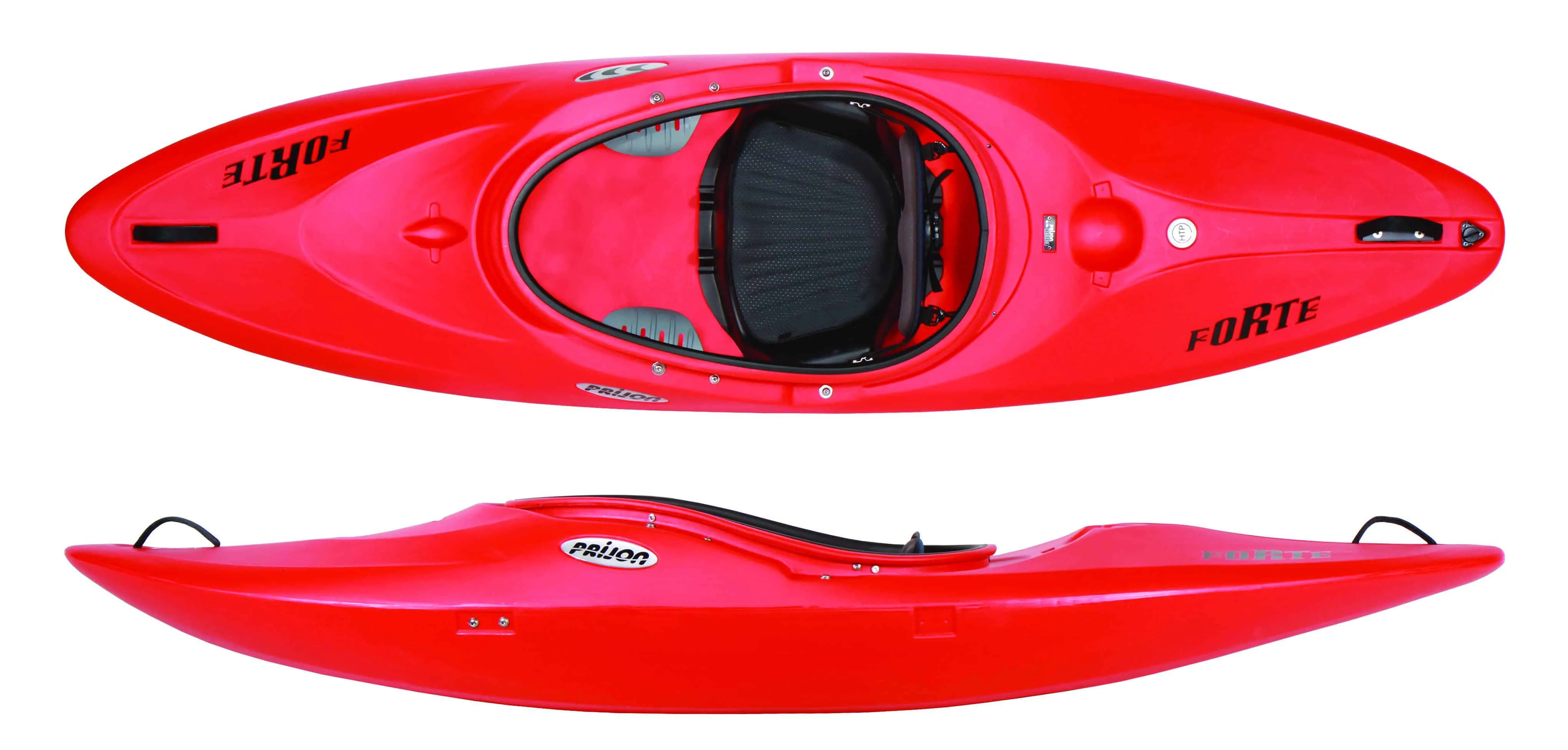
Pros: Seaworthy, agile
Cons: Limited storage space, slow in flat water
Whitewater kayaks offer the pinnacle of seaworthiness—an expert whitewater kayaker could ride out a mid-ocean hurricane with her eyes closed. They are also light (due to their small size) and nimble. However, the short waterline length of a whitewater kayak means they are extremely slow in flat water (speed is partially dictated by waterline length; longer is better).
Voyaging turbulent river water, for which whitewater kayaks are best suited, is one of the most exciting ways to travel, and often takes you through the most dramatic scenery—deep canyons, water-sculpted rocks and moss-shrouded rainforest vegetation. Unlike other forms of human-powered travel, significant skills must be acquired; it is a continual learning process. Whitewater river travel is like a combination of a carnival ride, a video game and a nature-tour all bundled into one. And remember, you don’t need to be an adrenaline junky to enjoy the whitewater—there are many levels, and with proper training and instruction it can be relatively safe.
Rowboat
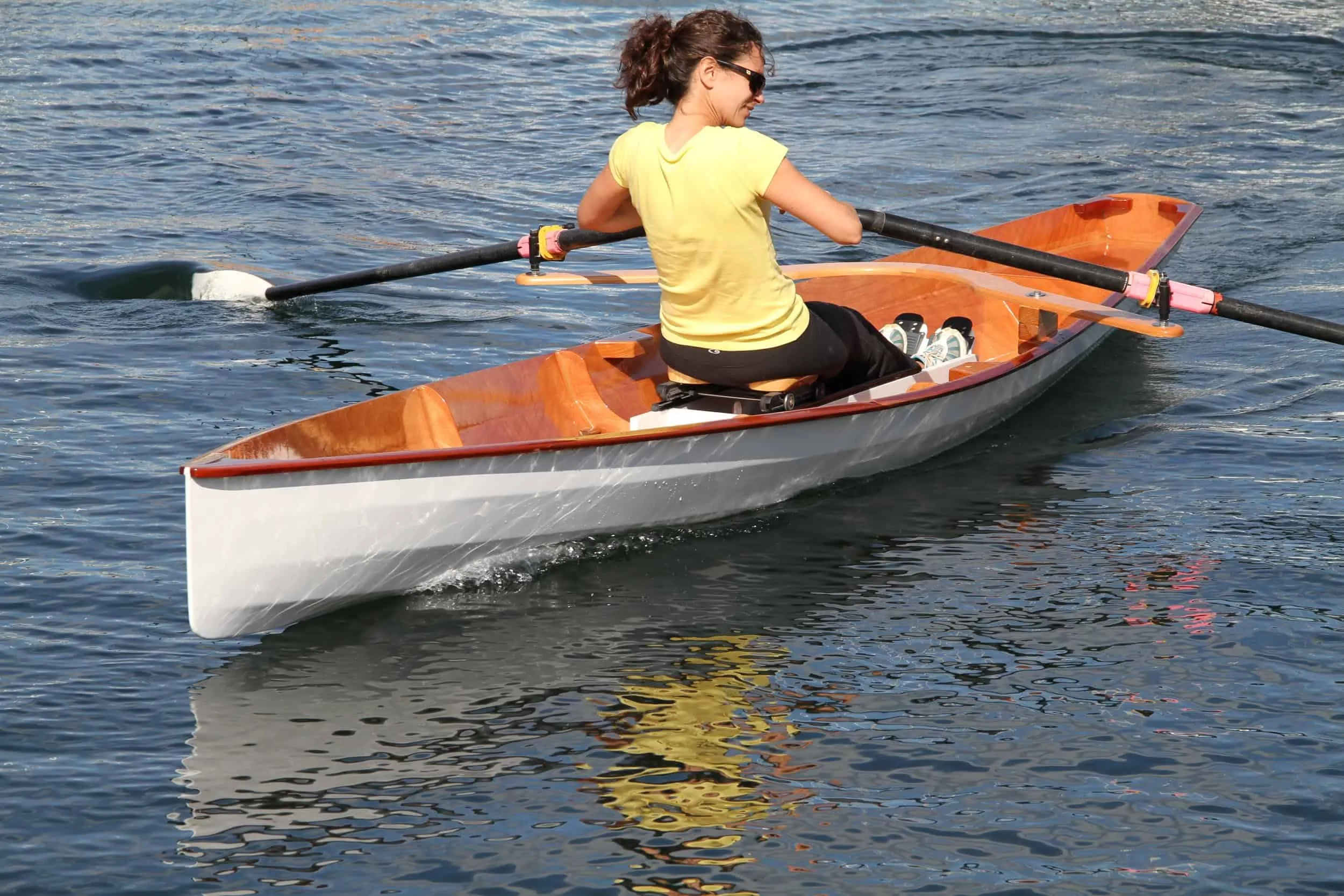
Pros: Fast, full-body workout, good cargo transporters
Cons: Facing backwards, sliding-seat rowing system is expensive
The term “rowboat” often conjures an image of a stubby open craft with less-than-stellar performance. In reality, there is a huge range of vessels propelled by oars—from the high-performance rowing shells used in the Olympics to the lower-performance “stubby craft.” From a recreational perspective, sliding-seat rowing combined with a kayak-like hull offers a good combination of performance, seaworthiness and function. Sliding-seat rowing is fast, and with a decked hull, it is also seaworthy. For those looking to get fit while on the water, rowing offers one of the best full-body workouts. It also burns an immense amount of calories since all your major muscles are utilized. Because of the great power provided by oars, speed can be sustained even when heavily burdened with gear (which is one of the reasons we frequently use rowing vessels on our expeditions).
Open-water sliding-seat rowing takes significant practice to become fully adept. The rear-facing vantage is another challenge that takes some getting used to. Additionally, the propulsion system (long sculling oars and sliding seat) is costlier than most other human-powered systems.
Whitewater Raft
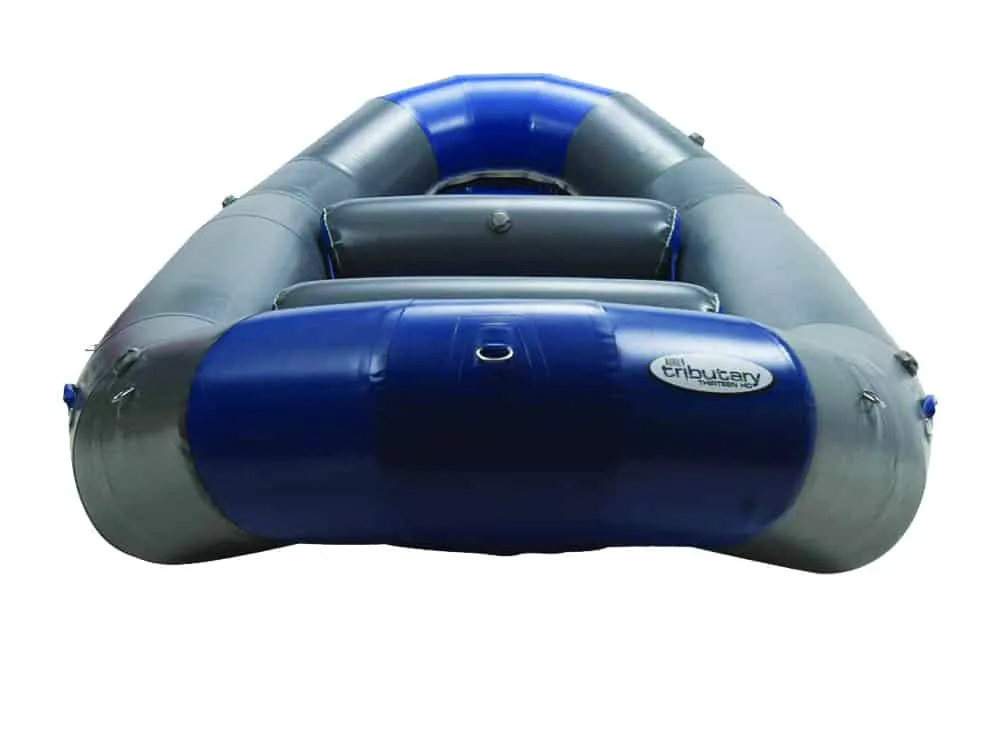
Pros: Carries significant cargo/passengers, forgiving
Cons: Slow in flat water, limited use outside of whitewater
Whitewater rafts are a bit like the canoes of the whitewater world. They are social boats that carry a number of people and a huge amount of gear. Unlike whitewater kayaks, they are much better suited for multi-day excursions due to their cargo-carrying capacity. Additionally, due to their high stability, they are more forgiving than kayaks. It is still extremely important to get the proper training and experience for the water you plan on voyaging, as whitewater can quickly turn deadly without adequate skills.






